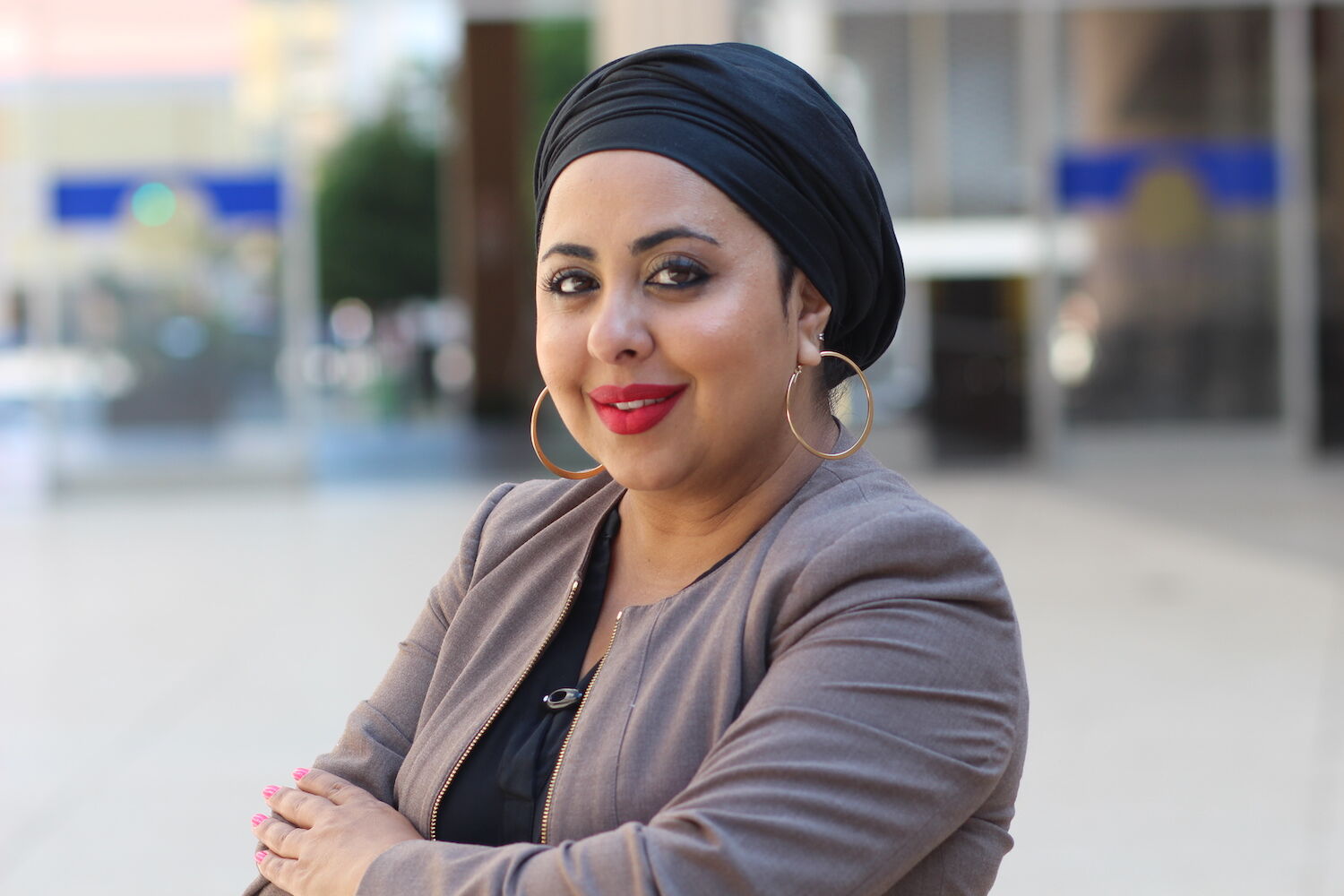
Hafsa Kaka
As part of homelessness being his top priority, San Diego Mayor Todd Gloria hired Hafsa Kaka as director of the newly established Homelessness Strategies and Solutions Department.
Kaka (pronounced KAY-ka) has worked for 15 years in various positions addressing homelessness, mental health, and social services all over Southern California, most recently for the city of Riverside. She holds a pair of bachelor’s degrees from UC Irvine and a master’s degree in social work from the University of Minnesota-Twin Cities.
Less than a month after her August 9, 2021, start date, I sat down with Kaka to discuss her observations and goals for the city.
What motivated you to work in the homelessness sector?
I was born in Burma. My parents moved with three daughters to Southern California. We had to work on building the American life, and really depended on systems for that. My parents had Section 8 for affordable housing. Food stamps, things of that nature. If it was not for affordable housing, we wouldn’t have been able to make it. My parents worked very hard and made sure they instilled in us the integrity of education so we could get to where we are today. That experience led me to work in social services.
You’ve also worked in Riverside, Santa Ana, and Los Angeles. Did you see similar approaches to homelessness among them?
Each place is a little different. The biggest similarity that’s most important is using “housing first” as a best practice.
What exactly is the housing-first approach?
It’s making sure that the person who’s been disfranchised, marginalized, who’s got trauma, still has the same opportunity. Statistically—here in San Diego and in LA—anybody who’s offered a roof over their head, first, is more likely to thrive. You can’t be self-sufficient without a place to sleep at night. What if you have to stay awake all night just so you don’t get attacked? Then you’re expected to go out at 9 a.m. to get a job, looking disheveled because you don’t have a place to shower. Placing someone into housing first, assisted by supportive services, allows for a higher level of thriving.
It can be hard to get the public to buy into housing first. Is it possible?
I’ve seen it happen. Folks have said, ‘Hafsa, I did not believe in housing first, but then my brother ended up in this situation. And when I took him in, he actually did better.’ Yes, it is a long conversation, but I am optimistic and I’ve seen people change their views.
How does San Diego compare to other places you’ve worked?
Mayor Gloria is creating a new environment of alignment. He’s been very intentional about staffing appropriately to impact the community. And there’s a
new culture of collaboration, with the county really putting in and stepping up.
Before you were hired this department was called the Homeless Strategies Division. Now it’s the Homeless Strategies and Solutions Department. What’s the difference?
PARTNER CONTENT
We’re building a bigger department. We’ll have the capacity to have key staff lead on specific initiatives. We have existing staff, but the new name is part of structural change in the mayor’s office. The department is no longer a city division. It’s a department under the mayor.












